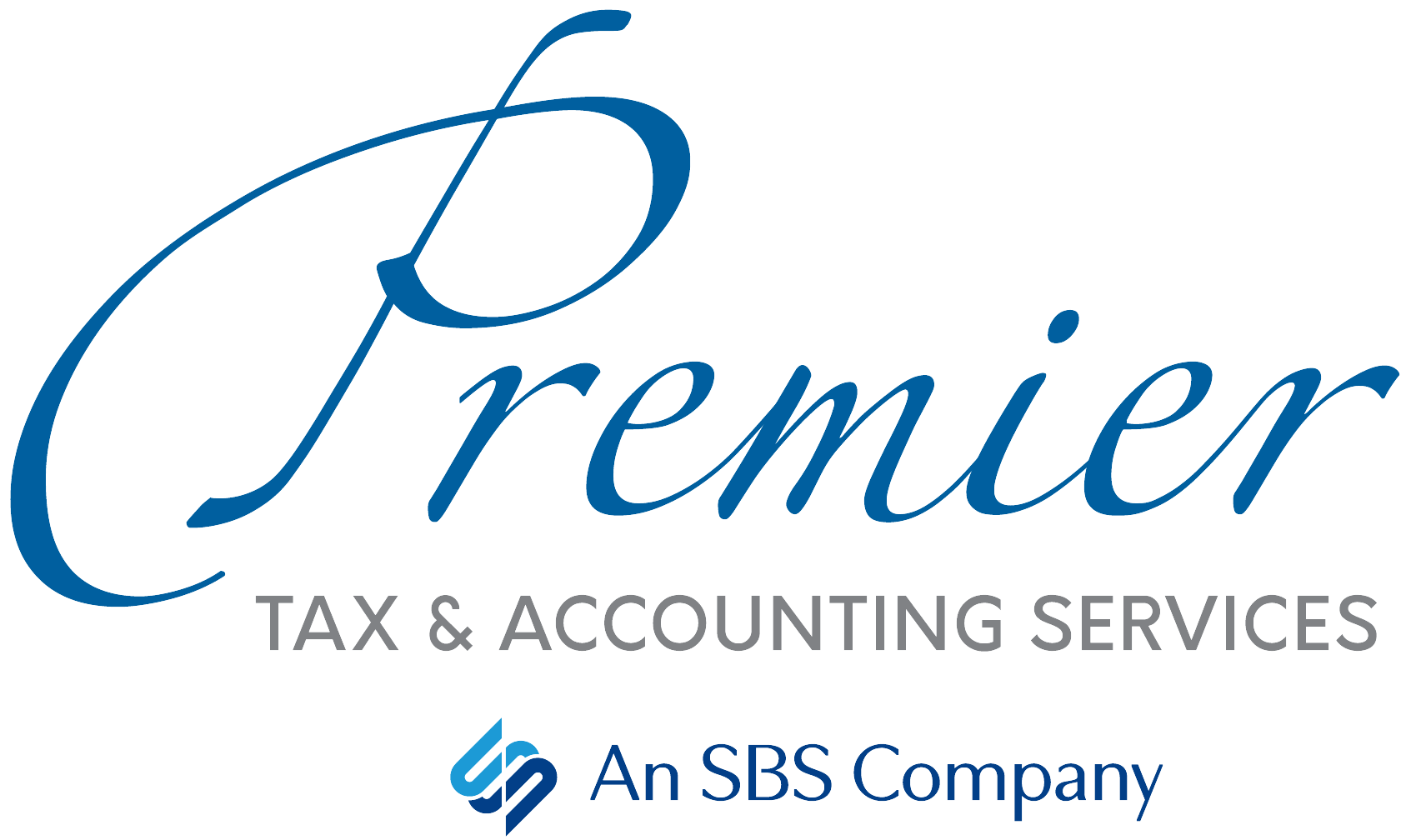While you may be thinking “tax planning” at the end of the year, now is also a great time to think “tax filing.” You can take some simple steps now that will help make filing your 2022 tax return next spring quicker and easier. Then you’ll be ready to meet the upcoming tax season with confidence.
Tip #1
If you haven’t already, develop an electronic and/or paper recordkeeping system to store all your tax-related information in one place for easy access. Documents to keep include:
- Tax-related records. This includes wage and earning statements from all employers or payers including payment apps or cards, such as Forms W-2, 1099-K, 1099-Misc, 1099-NEC. Other records include interest and dividend statements, unemployment compensation, virtual currency transactions, and receipts and other documents that support income, deductions and credits.
- IRS letters, notices and prior year tax returns. Keep copies of previously filed tax returns and their supporting documents for at least three years. These include any IRS letters or adjustment notices to your account.
- Property records. Maintain records relating to property bought, sold or that change ownership so you can figure the basis for computing gains or losses.
- Health insurance. Save records of your and your family members’ health insurance coverage. If you’re claiming a premium tax credit, you’ll need information about any advance credit payments received through the Health Insurance Marketplace and premiums paid.
Tip #2
Consider any major financial transactions that occurred in 2022, such as buying a home or selling a business. Find all the paperwork related to these transactions and put it all together in one easy-to-find location.
Tip #3
Also, if you moved or changed your personal situation, confirm that your employer, financial institutions and other payers have your correct name, email and mailing address. You don’t want those year-end statements to get returned to sender or lost in the mail. Sign up now for online statements to make sure you receive them as soon as they’re available. Remember that if you use payment networks like PayPal and Venmo, you may receive a Form 1099-K if you made at least $600 worth of transactions (not including money received from friends and relatives as personal gifts or reimbursements).
Tip #4
Double-check your withholding by using the IRS’s Tax Withholding Estimator. Life changes like marriage, divorce, a new child or self-employment can all affect how much tax you owe. If you need to make an extra payment, the last estimated quarterly tax payment for 2022 is due on January 17, 2023. Keep in mind that most income is taxable, including unemployment income, refund interest, capital gains and income from the gig economy and digital assets like bitcoin.
Tip #5
Plan ahead for changes to tax credits like the Earned Income Tax Credit and Dependent Care Credit. The Child Tax Credit, for example, will revert to pre-Covid levels. And charitable deductions are no longer available unless you itemize. However, other credits, like the expanded Premium Tax Credit or Clean Vehicle Credit, may now be available to you.
Tip #6
If you have an Individual Tax Identification Number (for those who are not eligible for a Social Security number), be sure it hasn’t expired before filing a 2022 tax return. You can renew it by filing Form W-7. Applying now will help avoid the rush as well as refund and processing delays next year.
Prepare Now
For more planning tips, you can visit the IRS’s Get Ready page to find guidance on what’s new and what to consider when filing your 2022 tax return. We’re also here and ready to answer your questions — just give us a call at 706-632-7850.
What’s Your Filing Status?
You may be eligible for more than one filing status. Which one you choose affects:
- If you are required to file a federal tax return.
- The type of return you use.
- Your standard deduction amount.
- If you can claim certain credits.
- How much tax you should pay and if you will receive a refund.
So which filing status should you choose?
- Single. Use if you are unmarried, divorced or legally separated.
- Married filing jointly. Use if you are married (especially when doing so results in less tax owed than filing separately). If your spouse dies, you can still file a joint return for that year.
- Married filing separately. Use if you are married but choose to file separate tax returns (especially when doing so results in less tax owed than filing a joint return).
- Head of household. If you are not married, you may be able use this status, but special rules apply. For example, you must have paid more than half the cost of keeping up a home for yourself and a qualifying person living in your home for half the year.
- Qualifying widow(er) with dependent child. This status apply if your spouse died during one of the previous two years and you have a dependent child. Other conditions also apply.
When you allow us to prepare your taxes next spring, we’ll help you choose the best filing status for your situation — the one that will give you the most tax credits and deductions so you’ll legally pay the least amount in taxes. Ask us for more details.

Get Help with Your Business Plan
Thinking about starting your own business? You’re not alone. According to the U.S. Census Bureau, an average of 4 million businesses have been started every year over the past five years.
If you’re ready to turn your business dreams into reality, you’ll need to start by writing a business plan. December is National Write a Business Plan Month, and the Small Business Administration (SBA) can help you get off on the right foot.
The SBA’s Business Planning Guide is easy to use, high-level and includes examples. If you prefer more hands-on guidance, you can work with your nearest SBA resource partner like SCORE, Women’s Business Centers, Veterans Business Outreach Centers, Small Business Development Centers or Community Navigators.



